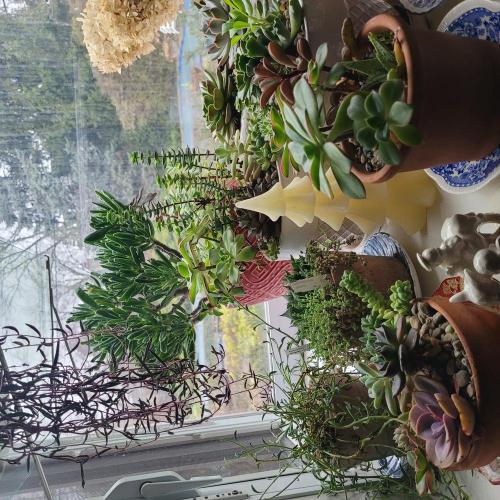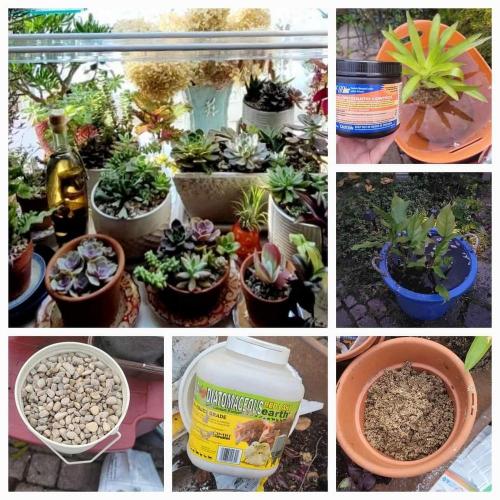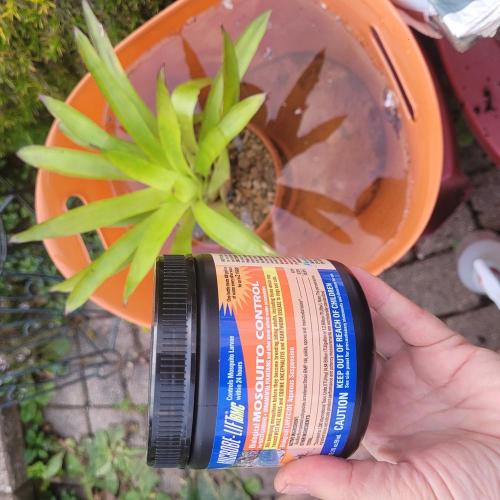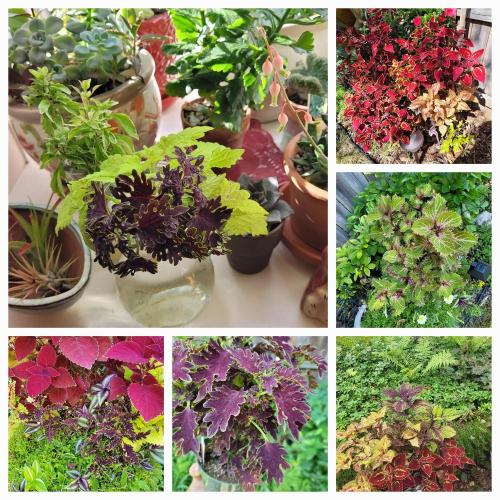Would you like to prevent fungus gnat infestation indoors? It CAN be done. I used a multi-prong approach & except for a lone gnat or two this season, it's been working great this year, solved without the icky yellow, buggy sticky traps.
I started with my "move indoors" plant process, honed from 4 years of dealing with the 6 week cycle of fungus gnats. You probably won't see the larvae, that have a black, shiny head with a white to clear body that are 1/8th to 1/4th an inch in length because they prefer to grow under the soil's surface, except those that leave a make a slime trail on the soil surface of heavily infested plants. The eggs are in the soil that you bring in unless you bake your soil & rinse ALL of your plant roots. (New store bought plants may also have eggs or larvae in the soil.)
I did use sticky traps last year, but seeing ooey gooey blaring yellow things covered in dead bugs in my home just wasn't working for me. This does. I have a LOT 🌱of indoor plants. 🌿
1) Repot plants as needed, adding a sand layer. Top the soil in pots with sand & pebbles. Adding pebbles also keeps the soil in the pot for the next step. Some plants may not like the weight of pebbles, so top just with sand, rooting coleus for example.

2) Submerse / soak your plant in a tub of water 15+ min with BT (organic) which is the stuff in Mosquito Bits and other fungus gnat remedies. See step 3 for details on the repotting.
Bacillus thuringiensis, or BT, is a naturally occurring bacteria used as a pesticide for various pests like mosquitoes. BT comes in many forms: granules, sprays, dropper bottles and dunks. However, no matter whether a bacteria introduced is an organic treatment or not, take good care with BT as it can kill beneficial insects too. Please read directions carefully and do not use in the garden where it may destroy the ecological balance of predators & prey.
I set up a processing plant station in October (I'm in zone 6a, SE Michigan) with tubs filled with water with a little soap & BT in it and with drain stations for my soaked pots. You can also use a little bit of NEEM too instead of biodegradable dish soap if you prefer.

2) Spray a light Neem solution on the leaves of tall plants, both sides of the leaves. Aphids followed me in somehow last year on my Mandavilla, not this year.
3) After a good soak of 15-20 minutes, add a thin layer of DE, Diatomaceous Earth, food grade, to the top layer of sand / pebbles as the plant drains.
4) Every 4th week, water with BT added to the water. I use a tiny bottle of the stuff, expensive but 1 drop goes a long way; it lasts.

5) Pour bleach / boiling water down all home drains (they grow in there too).
6) Enjoy a movie & good sleep, bug free.

Discussions:
| Thread Title | Last Reply | Replies |
|---|---|---|
| Untitled by valeriemates | Feb 4, 2024 3:38 PM | 0 |
| Interesting and informative... by pod | Jan 10, 2024 7:34 PM | 2 |
Post a new thread about this blog entry: